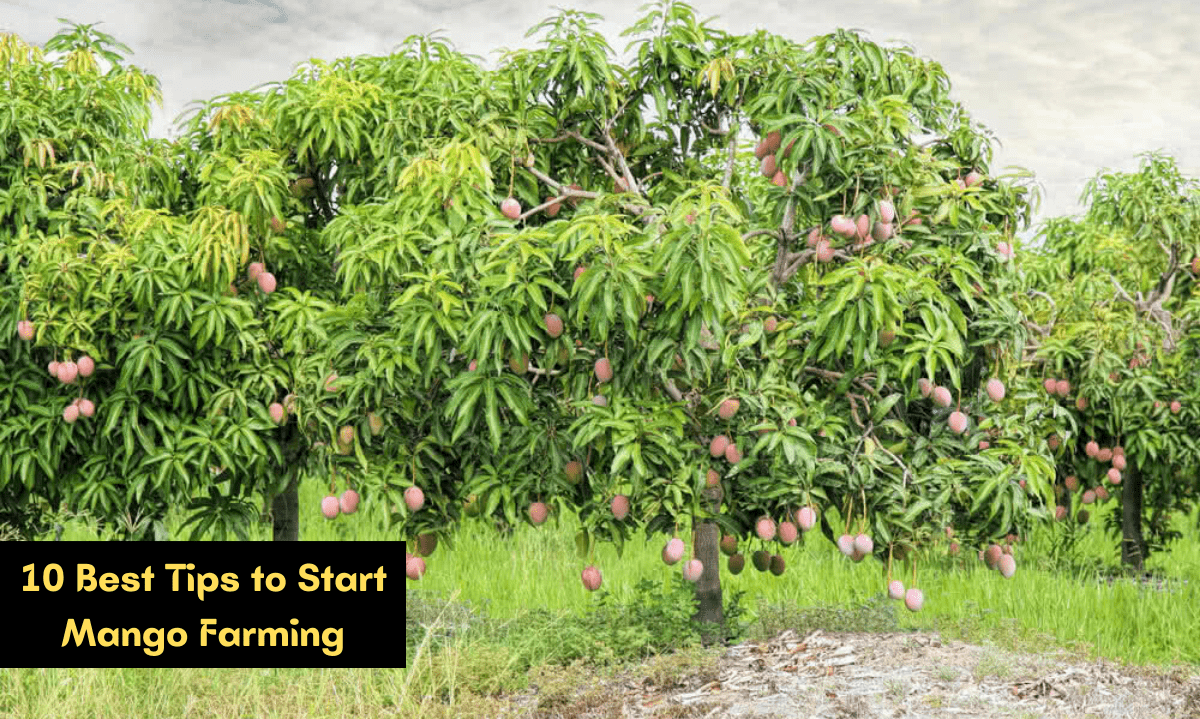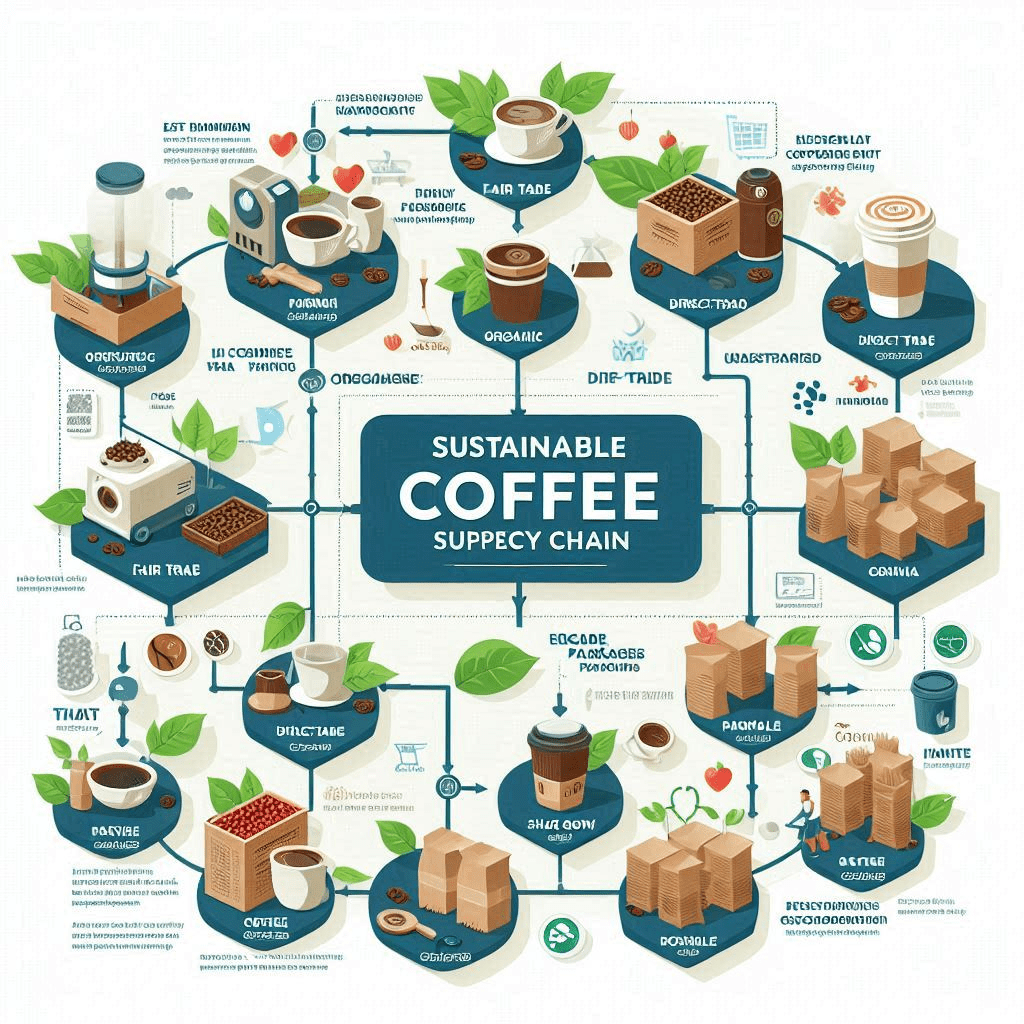Mango is an unskippable fruit of the country. With its high nutritional values, mangoes are one of the most liked fruits apart from its taste, fragrance, and excellent flavor. The increasing demand of this fruit has widely opened the market and has created better business opportunities. Also, sustainability in organic farming caters to this niche market and commands premium prices. However, successful mango farming requires careful planning, knowledge, and proper implementation of agricultural practices. This article might give you an outline of how you could proceed with mango farming and to be fruitful in this business.
1. Choose the perfect variety
First things first, there are numerous varieties of mango seeds that could be cultivated. Alphonso, Kerosene, German, Lippens are few of the highly demanded varieties in the current market. Foreign mango varieties like Tommy mango and Palmer mango are being cultivated due to their commercial benefits. Tommy mango variety offers extended shelf life and could withstand abrasion, bruising and degradation. Whereas the Palmer is harvested for its early coloring and smooth texture. Both these varieties have their own drawbacks as well. With a few popular opinions like this, it is advisable to be very choosy while selecting the perfect variety of mango for your farmland. Getting insights from the local farmers would provide you an in depth idea while choosing the perfect variety for your mango farmland.
2. Climate and Soil Conditions
Mango farming is usually wealthier in tropical and subtropical regions and loamy soil is considered to be the best soil to grow mango trees. It is ideal to grow mango trees in the warm climate having the temperature averaging 10°C especially during its flowering season. Also, you should avoid low-lying areas prone to waterlogging, as mango trees are sensitive to excessive moisture. Sloping land is preferable to ensure good drainage. So, it is crucial to choose the perfect soil and climate condition to start your mango farming so it doesn’t face any hindrances in the future.
3. Preparation of the Farmland
Successful mango farming starts with careful land preparation. It entails removing any vegetation and debris off the ground, testing the soil to determine its fertility, and ensuring good drainage to prevent waterlogging. The best growing circumstances for young mango saplings are created by adding organic matter to the soil, grading the field, and adding mulch. Windbreak installation and thoughtful layout and spacing planning can promote healthy tree growth. Before the rainy season arrives, the land can be prepared, allowing the soil to settle and creating a stable base for the mango plantation. In the end, careful site preparation is essential to developing strong root systems, accelerating establishment, and increasing yields, creating the conditions for a successful and rewarding mango farming endeavor.
4. Planting Procedure
To ensure the proper establishment and growth of new saplings, planting procedures are essential for the success of mango farming. Pick the correct time to plant, usually at the beginning of the rainy season, and clean up the area before planting by adding organic matter to the soil and taking away any debris. Create a planting hole that is suitable, fill it with a mixture of soil and organic debris, and then water it well after planting. Mulch the area around the tree’s base, think about staking if necessary, and shield the saplings from adverse weather. The long-term health and productivity of the mango trees are aided by routine observation, pruning, and fertilizer. Mango trees take time to mature and provide fruit, so patience and constant maintenance are essential.
5. Irrigation Techniques
For successful mango farming, irrigation methods are critical because they maintain proper soil moisture levels and promote strong tree growth. Both spray irrigation and drip irrigation effectively supply water to the root zone. For young trees, basin and furrow irrigation concentrates water near the roots. Subsurface drip irrigation prevents water evaporation and encourages effective water absorption. Depending on the environment and the age of the trees, irrigation timing and frequency should be modified. Moisture sensors help with planning. Mulching and rainwater collection both improve water usage effectiveness. Mango producers can maintain their trees’ best health and productivity while preserving water resources by using these irrigation techniques.
6. The art of Pruning
Mango farming relies heavily on the practice of pruning, which involves the deliberate removal of particular branches, shoots, or blossoms for a variety of reasons. It comprises thinning to maximize fruit size and productivity, structural pruning to create a balanced foundation, and the removal of dead or diseased wood to encourage healthy growth. Pruning enhances canopy management by enhancing airflow and sunlight penetration, which lowers the risk of disease. Mango farmers may shape the trees, improve fruit quality, and increase productivity by performing clean cuts during the dormant season and routinely checking for overgrowth or problems. A properly pruned mango orchard guarantees stronger trees, more yields, and superior mangoes, making it a crucial and fruitful mango farming strategy.
7. Pest Management System
To safeguard tree health and maximize harvests, pest management is essential in mango production. Utilizing integrated pest management techniques, such as monitoring, cultural controls, and biological controls, reduces the negative effects on the environment while managing pests. Less favorable conditions for pests are produced via pruning, canopy management, and natural repellents. Selective and careful pesticide use can supplement these techniques when necessary. Effective pest management is made possible by routine inspections, correct storage, and other factors that promote healthier orchards, greater fruit quality, and environmentally friendly mango farming techniques.
8. The Spacing
The distance between each mango tree in an orchard is referred to as spacing in the mango farming industry. A suitable distance, usually between 8 and 10 meters, enables for proper airflow, sunlight exposure, and orchard management. It encourages strong tree growth, strong root development, and less resource competition, which leads to better fruit quality and higher yields. The appropriate spacing is influenced by elements such mango variety, soil type, climate, and management techniques. Mango growers can establish a profitable and well-organized orchard, encouraging a successful and long-lasting mango farming endeavor, by taking these aspects into account and following prescribed spacing rules.
9. Applying of Manure and Fertilizer
Once the mango planting process is done, next comes the process of application of manure and fertilizer to replenish the soil’s important nutrients, promote healthy tree growth, and increase fruit harvest. During the land preparation process, adding well-rotted organic manure enhances soil structure and nutrient availability. Different growth stages are supported by the use of balanced fertilizers with nitrogen, phosphorus, and potassium, such as those that encourage root growth in young trees and improve fruit quality in mature trees. A constant supply of nutrients and prompt absorption are guaranteed by split applications and foliar feeding. The most effective way to use manure and fertilizer is to time the application depending on the development cycle and regularly check for nutritional deficiencies. This promotes healthier mango trees and sustainable agricultural methods.
10. Pre and Post Harvesting
The best flavor and quality are obtained by hand-harvesting carefully and at the proper time of maturity. Fruit integrity is maintained during travel by sorting and grading, followed by cleaning, disinfecting, and appropriate packaging. Careful ripening promotes homogeneity while extending shelf life through storage in a cool, ventilated environment. Fruit quality is maintained through routine inspections for pests and deterioration. Mango growers may supply high-quality fruit to the market, lower post-harvest losses, and increase the profitability of their mango farming business by adhering to these guidelines.
In conclusion, mango farming demands careful consideration of a number of factors, from site selection to post-harvest care. A solid foundation for success is created by putting the top ten suggestions in this article into practice. Long-term success requires perseverance, commitment, and constant learning despite potential obstacles. Accept innovation and ask knowledgeable farmers and agricultural professionals for advice. Every season offers chances to enhance and perfect methods for the best outcomes. In addition to providing financial benefits, mango cultivation encourages a strong bond with the cycles of nature. Your mango trees’ ability to nurture life offers joy and adds to the world’s abundant harvest. So arm yourself with knowledge, establish lofty goals for yourself, and start your lucrative agricultural journey. You’re in for the sweet benefits of juicy, delectable mangoes.









